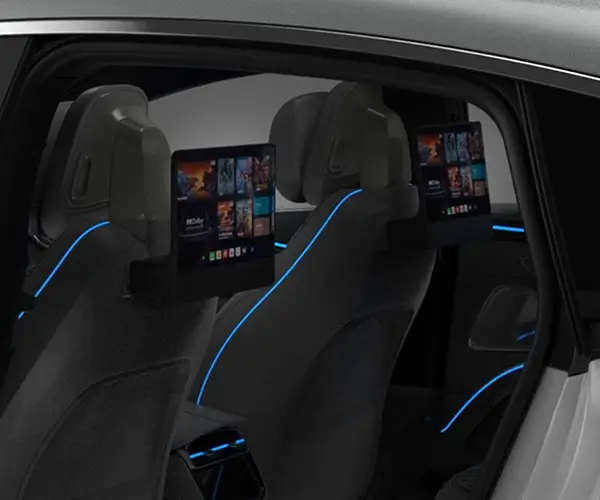Sure, let's talk about getting that servo motor to dance smoothly with an Arduino setup. If you’ve ever fiddled with robotics or DIY projects, you know that syncing these components can be a bit like trying to teach a dog new tricks—challenging but satisfying when it clicks.

Picture this: you’ve got an Arduino, a shiny servo motor, maybe some jumper wires, and a spark of curiosity. Plugging everything together is pretty straightforward. The servo’s power pins go to the 5V and GND on the Arduino, and the control wire hooks up to a digital pin, say pin 9. Easy, right? But here’s where the magic begins—programming it so that the motor responds precisely to your commands.
Imagine you’re creating a robotic arm that reaches out for a cup. You code the servo to rotate from 0 to 180 degrees. Once you upload the sketch, the servo whirs, stretches, and stops right where you want—like a perfectly timed shot. It’s surprisingly smooth, and that feels like a small victory every time. But what about optimizing? How do you prevent jitter or overheating? Quick question, right? Well, choosing the right servo with adequate torque for your load and ensuring your power supply can handle the current spike makes all the difference.
Let's talk about reliability—fastening your servo with sturdy mounts keeps those tiny gears from skipping. For any electronics geek, it’s akin to giving your motor a good handshake before a race. Also, adding a simple library in Arduino, like the Servo.h, brings structure, making it easier to control multiple motors. Imagine orchestrating a tiny dance troupe—each motor has its cue, and they all move in sync.
Ever wondered how to make your project smarter? Simulate sensors with potentiometers or buttons to control servo angles in real-time. Think about a remote-controlled car steering or a camera pan-and-tilt setup. The possibilities are endless when you combine these components rightly. Plus, most servos have a feedback loop—so since this setup involves measuring positions, you can get very precise control.
People ask: can I run multiple servos from one Arduino? Absolutely—but mind the power limits. Using external power and a common ground avoids those random jitters that make your project look sloppy. It's all about balancing power and control—like fine-tuning a musical instrument.
So, if you're curious about diving into this realm, just remember how satisfying it feels to see your code move a piece of hardware. Each step, from wiring to programming, is a lesson in patience and creativity. Once you've got it working, that smooth rotation becomes more than just a mechanical function—it turns into a statement of what you can accomplish with some basic tools and a lot of experimentation.
Established in 2005, Kpower has been dedicated to a professional compact motion unit manufacturer, headquartered in Dongguan, Guangdong Province, China. Leveraging innovations in modular drive technology, Kpower integrates high-performance motors, precision reducers, and multi-protocol control systems to provide efficient and customized smart drive system solutions. Kpower has delivered professional drive system solutions to over 500 enterprise clients globally with products covering various fields such as Smart Home Systems, Automatic Electronics, Robotics, Precision Agriculture, Drones, and Industrial Automation.




































